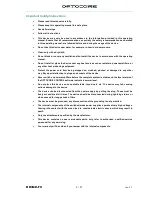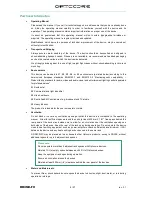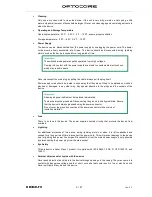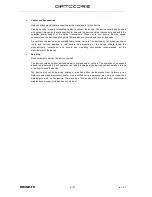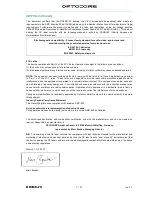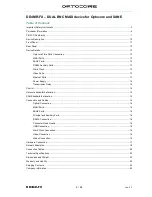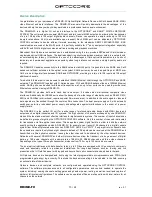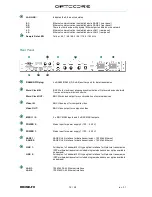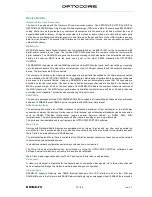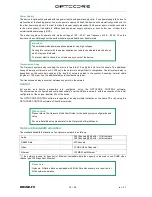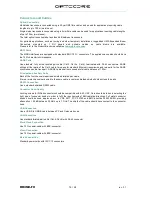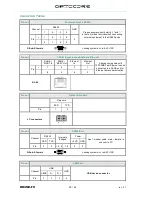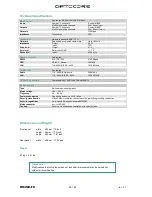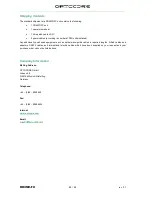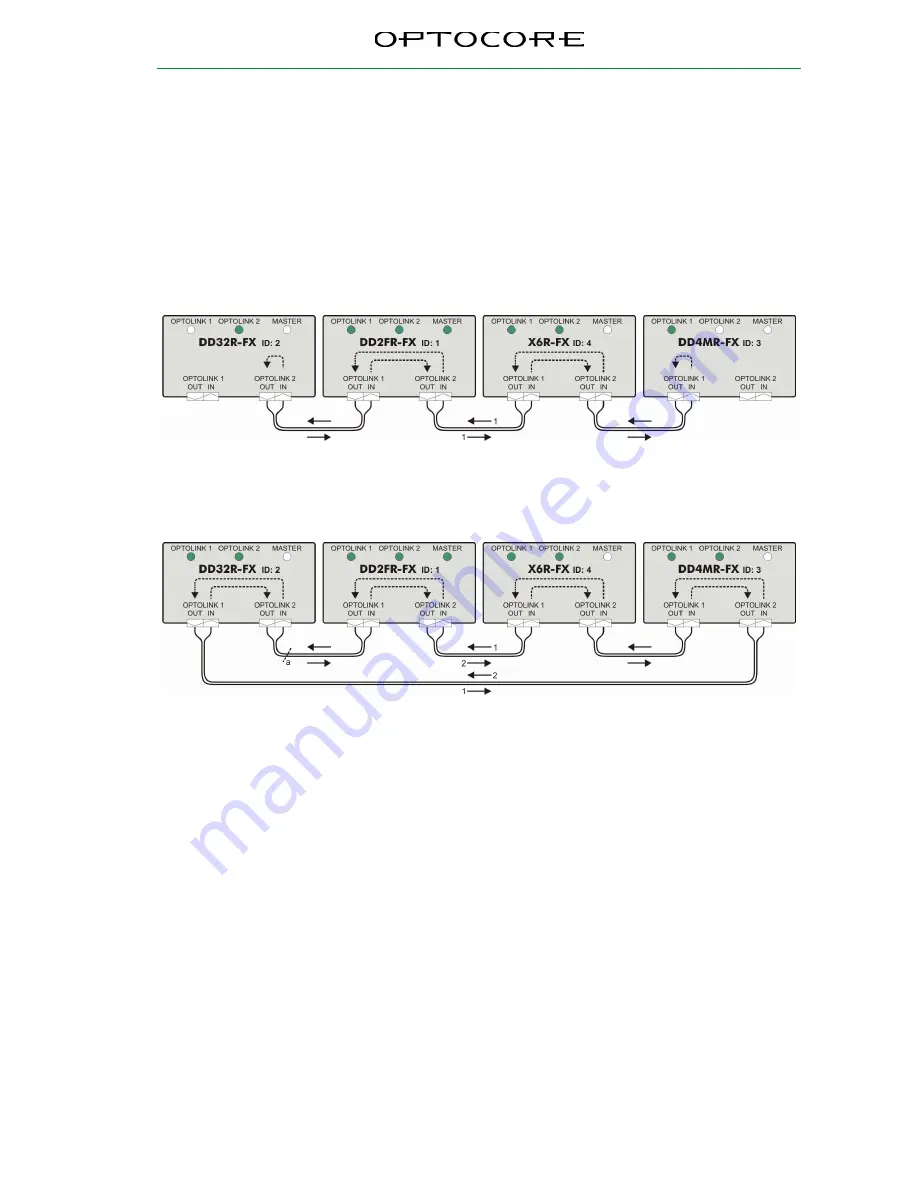
DD4MR-FX
17 / 24
rev. 2.1
Hardware Connection
An exemplary network with four devices is shown in Fig. 1. It is established by creating a (non-redundant) loop
simply by "daisy-chaining" the units and monitoring the three status LEDs of each device, as revealed through the
signal flow in diagram below. There is no need to worry about the sequence of neither IDs nor which of the two
LINKS of a device is used for connection. The only condition is that an optical input must be connected to an
optical output. During the self-configuring of the network the system word clock master will be automatically
determined as indicated down under Optocore Network Setup – General . If the DD4MR-FXs and other Optocore
devices are previously configured, the network is ready to work. With a PC connected to any unit in the loop and
by running the OPTOCORE CONTROL software, the network may be analyzed, supervised, parameters may be
changed and the matrix can be accessed for signal-routing.
Fig. 1: A non-redundant network with one DD4MR-FX unit
A second redundant reverse loop can be additionally created with only one more connection from the last unit of
the chain back to the first, as demonstrated by the signal flow diagram in Fig. 2.
Fig. 2: A redundant network with one DD4MR-FX unit
In case an interruption occurs at position “a” as illustrated above, this will only result in a loss of redundancy. This
also applies to the very unlikely case of a device failure. The redundancy of the ring can be reestablished simply
by connecting the in and out fibre with the help of an adapter and a new device can be integrated at any time.
Содержание DD4MR-FX
Страница 2: ...Page intentionally left blank ...
Страница 8: ...Page intentionally left blank ...

